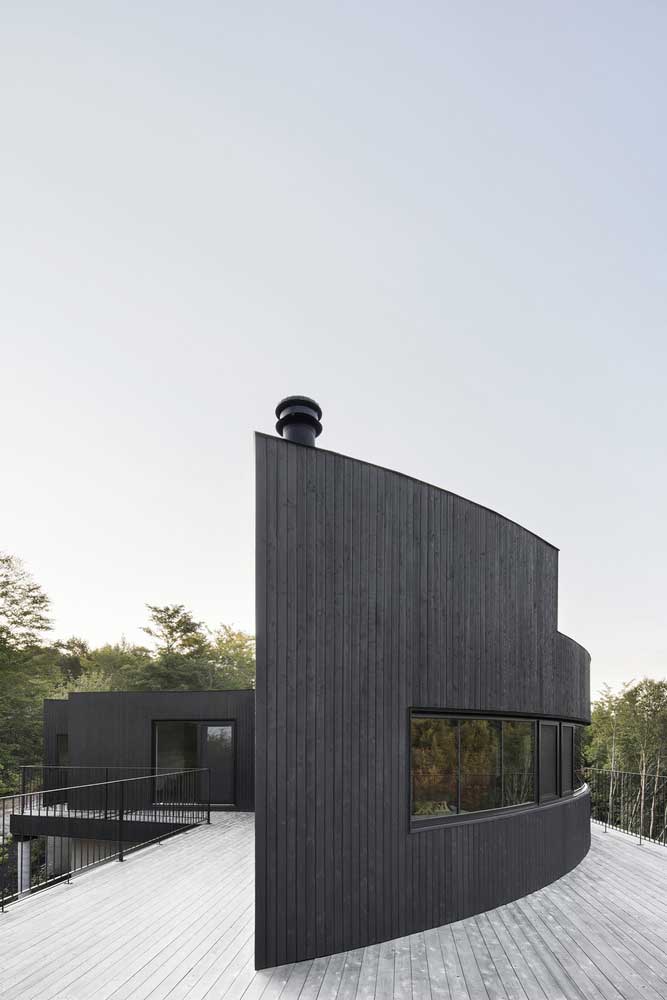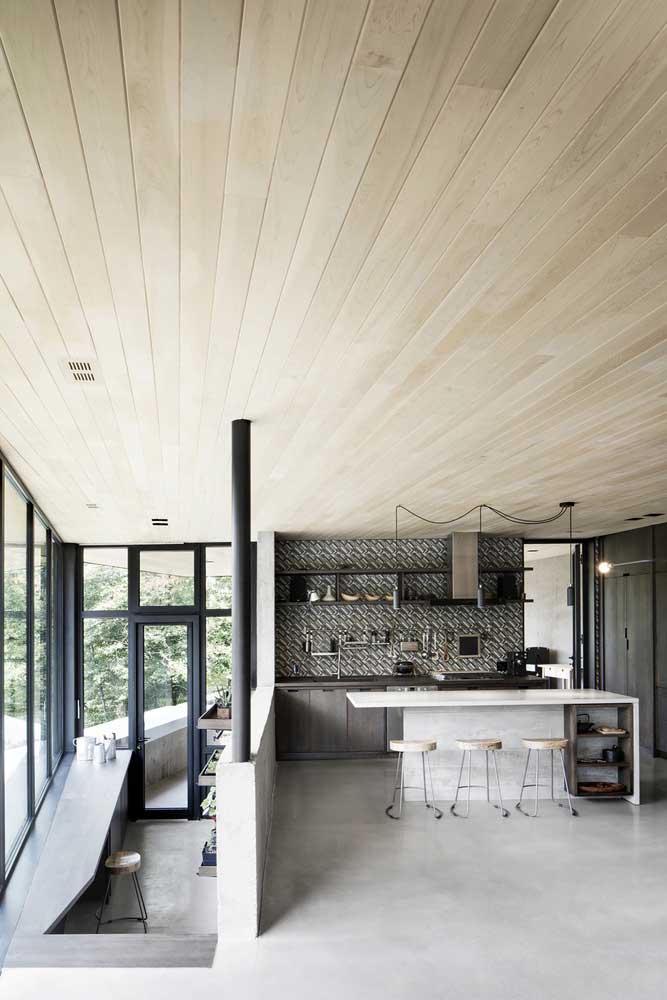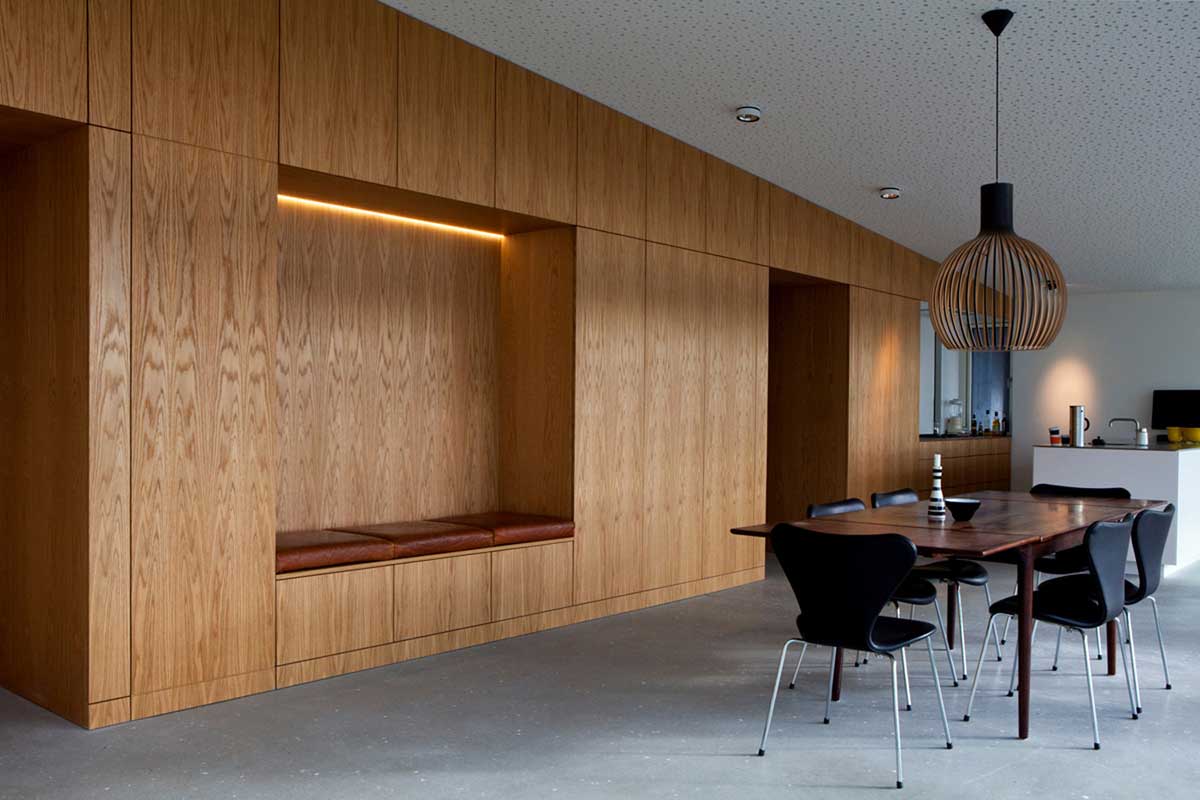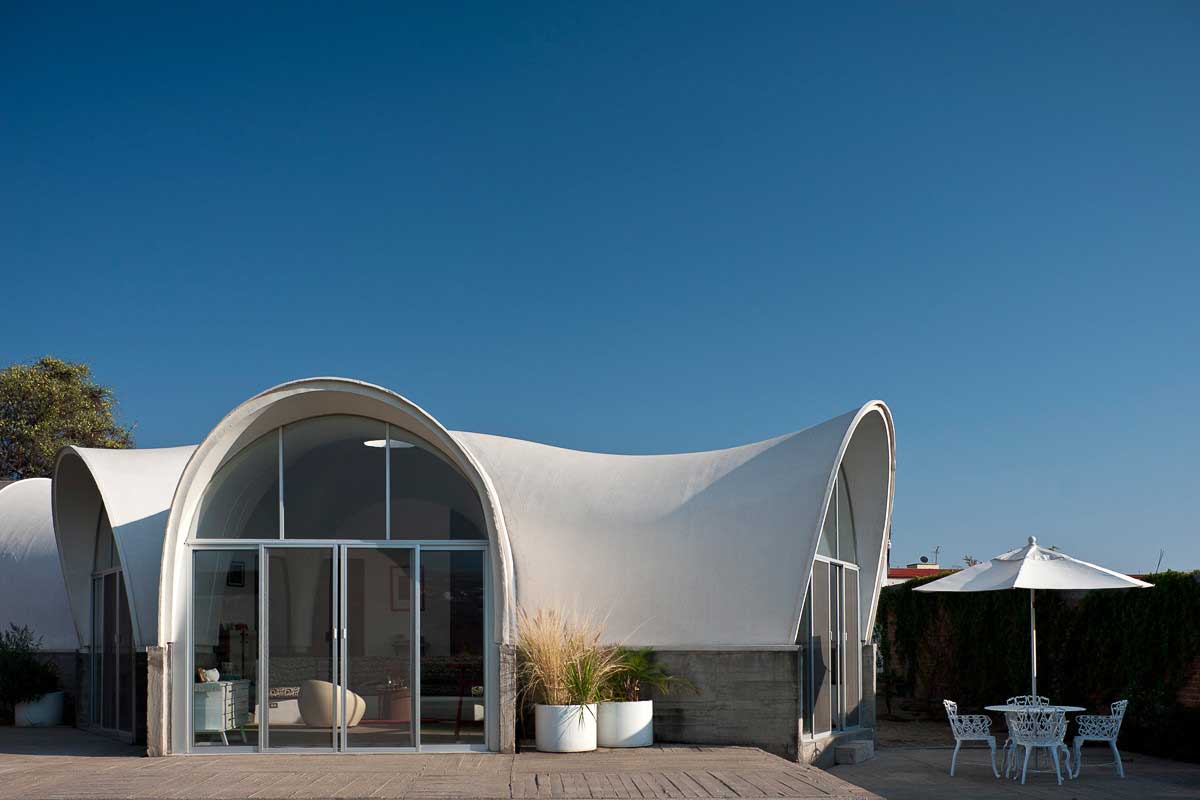In an era where the environment is at the forefront of global discussions, the architectural world is not left behind. The fusion of modern design with sustainable practices has given birth to homes that are not only aesthetically pleasing but also eco-friendly. Among the champions of this movement are photovoltaic panels and concrete walls. These materials, often seen as polar opposites, come together to create a harmonious blend of efficiency and style.



Photovoltaic Panels: Harnessing the Sun’s Power
The sun, a colossal ball of energy, has been the Earth’s primary source of light and warmth for eons. Photovoltaic panels, with their sleek design and technological prowess, capture this abundant energy.
Each panel, a mosaic of cells, works tirelessly, converting sunlight into electricity. This not only reduces the reliance on fossil fuels but also ensures homes remain powered even on the cloudiest days.
The beauty of these panels lies not just in their functionality but also in their design. They can be seamlessly integrated into rooftops, gardens, or even walls, making them a versatile addition to any home.
With advancements in technology, these panels have become more efficient and affordable. Homeowners can now enjoy reduced electricity bills and even earn by selling excess power back to the grid.
Beyond the tangible benefits, there’s a sense of satisfaction in knowing that one’s home is contributing to a greener planet, reducing the carbon footprint one panel at a time.



The Evolution of Photovoltaic Technology
The journey of photovoltaic panels has been remarkable. From their initial bulky designs to the sleek, efficient models today, they have transformed the way we harness solar energy.
As research continues, we can expect even more efficient panels in the future. Innovations might lead to transparent solar panels that can replace conventional windows or even solar paints that can be applied to any surface.
The integration of AI and smart technology with these panels can lead to homes that adjust their energy consumption patterns, optimizing the use of solar energy and reducing wastage.
There’s also potential in community-based solar grids, where neighborhoods can share solar energy, ensuring that no home is left in the dark.
With the global push towards renewable energy, governments and corporations are investing heavily in solar technology, ensuring that its benefits reach every corner of the globe.


Concrete Walls: The Blend of Strength and Elegance
Concrete, often associated with strength and durability, has found its place in modern homes. These walls, with their raw and minimalist appeal, provide more than just structural support.
They act as natural insulators, maintaining the home’s temperature. In summer, they keep the interiors cool, and in winter, they trap warmth, reducing the need for artificial heating.
The aesthetic appeal of concrete walls is undeniable. Their textured finish, combined with the play of light and shadow, adds depth and character to spaces. They can be paired with wood, glass, or metal, offering endless design possibilities.
Maintenance is another advantage. Unlike other materials that may require regular upkeep, concrete stands the test of time, resisting wear and tear, and weathering elements with grace.
In an age where sustainability is key, concrete walls offer an eco-friendly option. Their production has a lower carbon footprint compared to other building materials, and their longevity ensures they remain a staple in homes for generations.


The Timelessness of Concrete
Concrete, despite being one of the oldest building materials, has retained its relevance in modern architecture, thanks to its adaptability and resilience.
Innovations in concrete production have led to eco-friendly variants like green concrete, which uses recycled materials and has a significantly lower carbon footprint.
The versatility of concrete is its strength. From being used in intricate decorative elements to forming the core structure of skyscrapers, its applications are vast.
Future homes might see the use of self-healing concrete, which can repair its cracks using bacteria, increasing the longevity of structures.
As urban spaces become more compact, the soundproofing qualities of concrete will gain prominence, ensuring that homes remain serene sanctuaries amidst the hustle and bustle.


The Future of Sustainable Living
As we stand on the cusp of architectural evolution, the integration of photovoltaic panels and concrete walls signifies more than just a trend. It represents a conscious shift towards sustainable living, where every brick laid and every panel installed echoes our commitment to the environment.
Embracing the Future
The synergy between photovoltaic panels and concrete walls is just the beginning. As we move forward, the boundaries between nature, technology, and architecture will blur, leading to homes that are in harmony with their surroundings, powered by the sun, and built to last. It’s a future we can all look forward to, one where our homes reflect our values and our commitment to the planet.


The marriage of photovoltaic panels and concrete walls in modern architecture is a testament to humanity’s ability to innovate while respecting nature. As we continue to push the boundaries of design and sustainability, it’s heartening to see materials like these leading the charge, ensuring our homes are not just places of comfort but also beacons of hope for a greener future.






